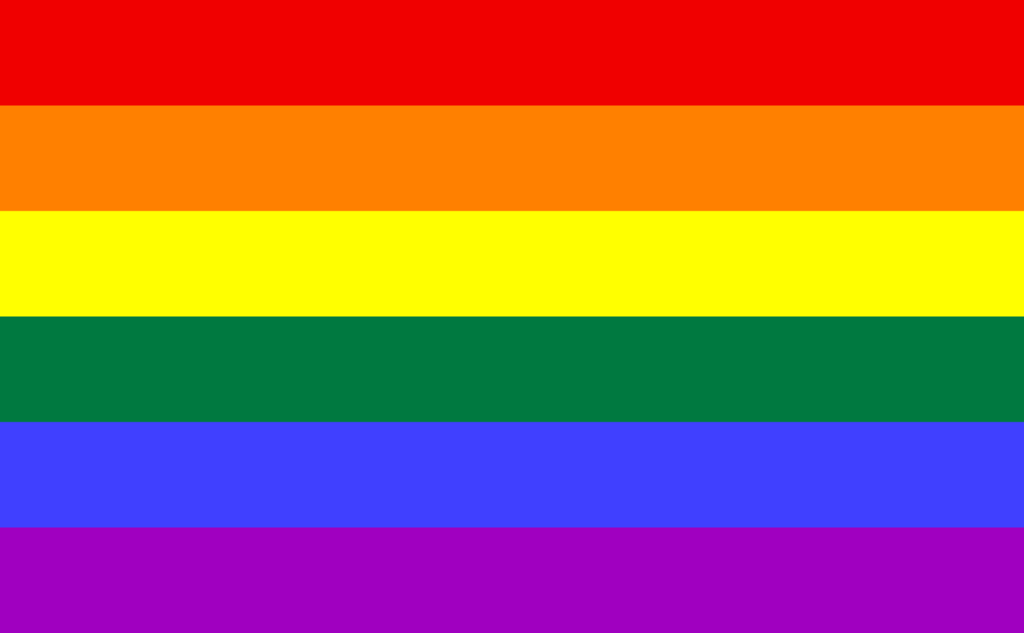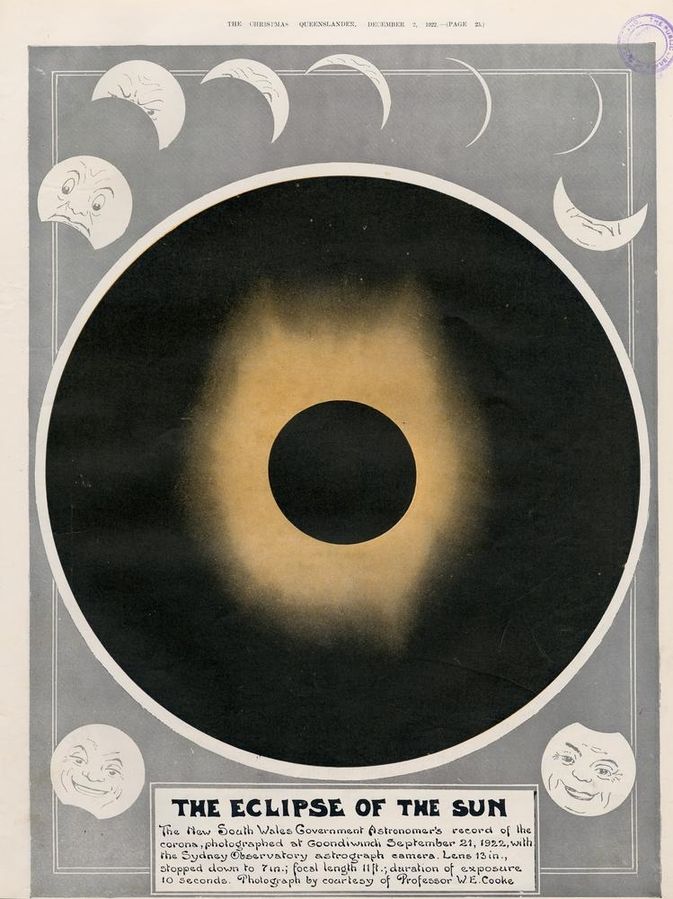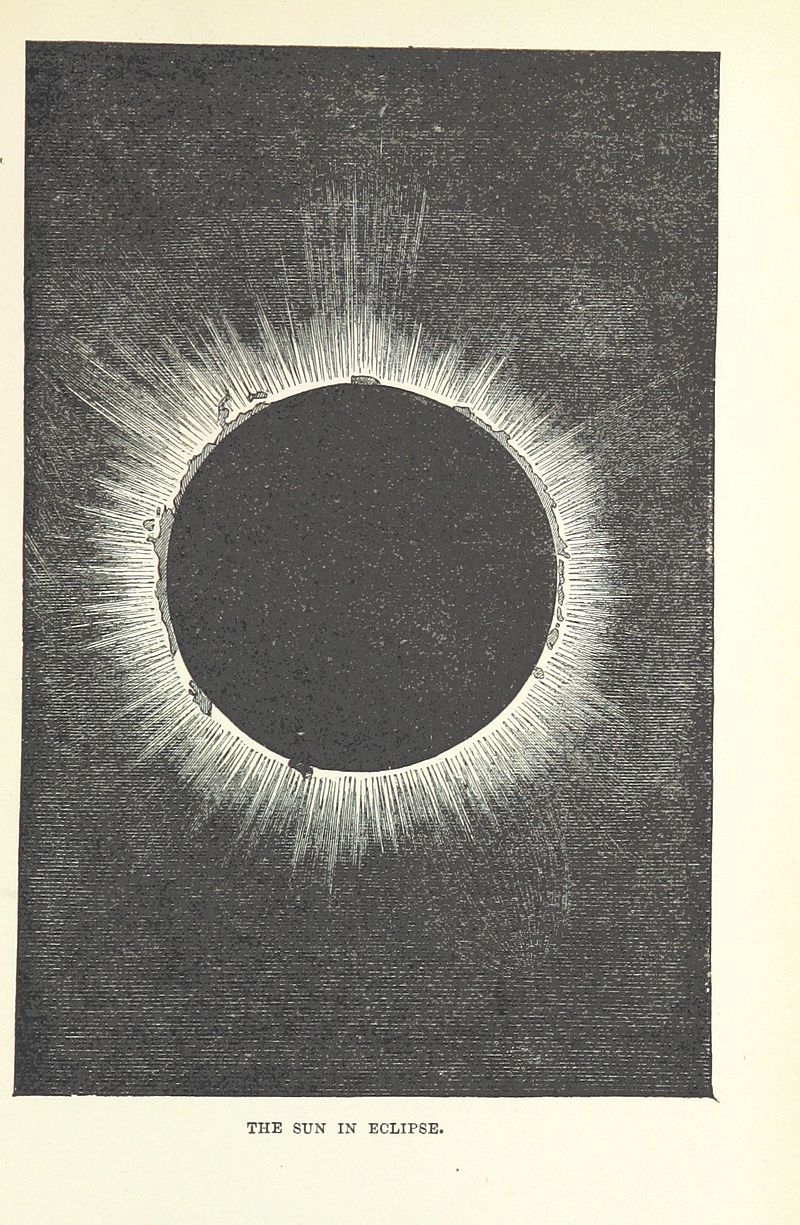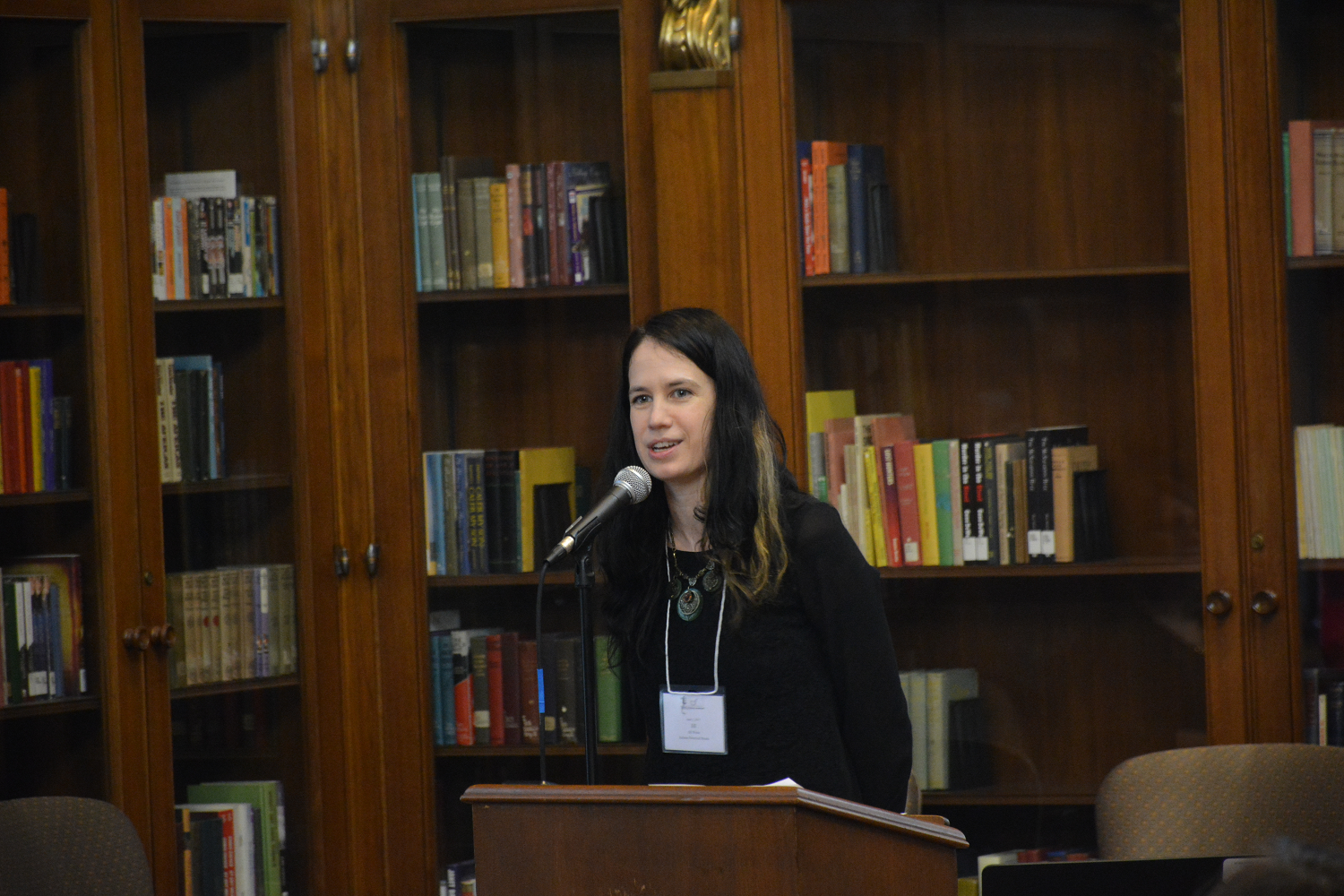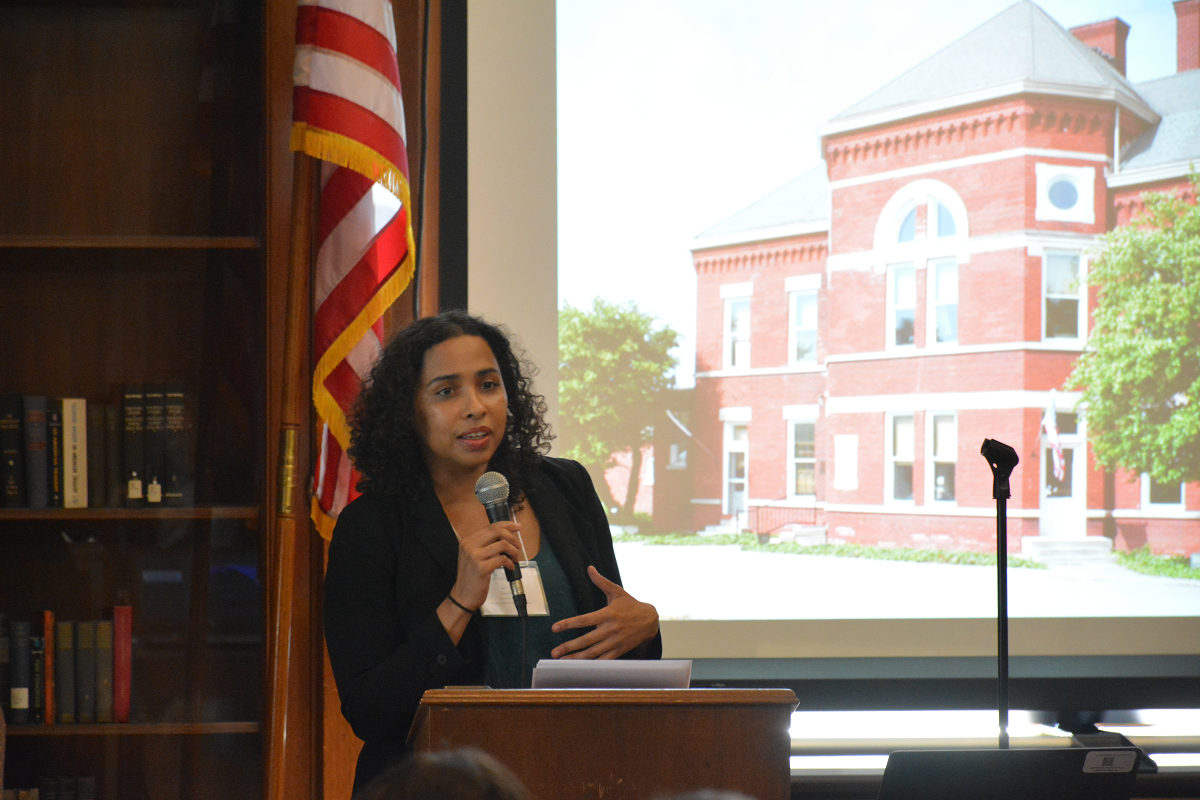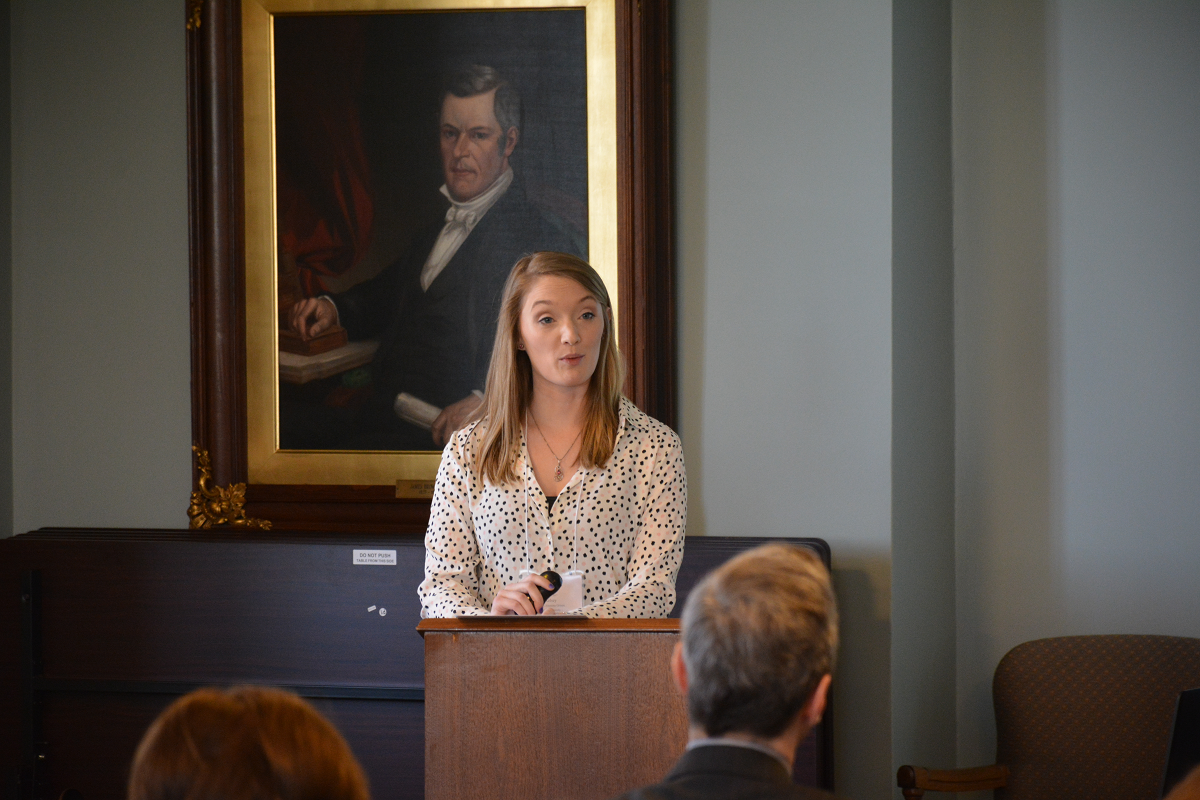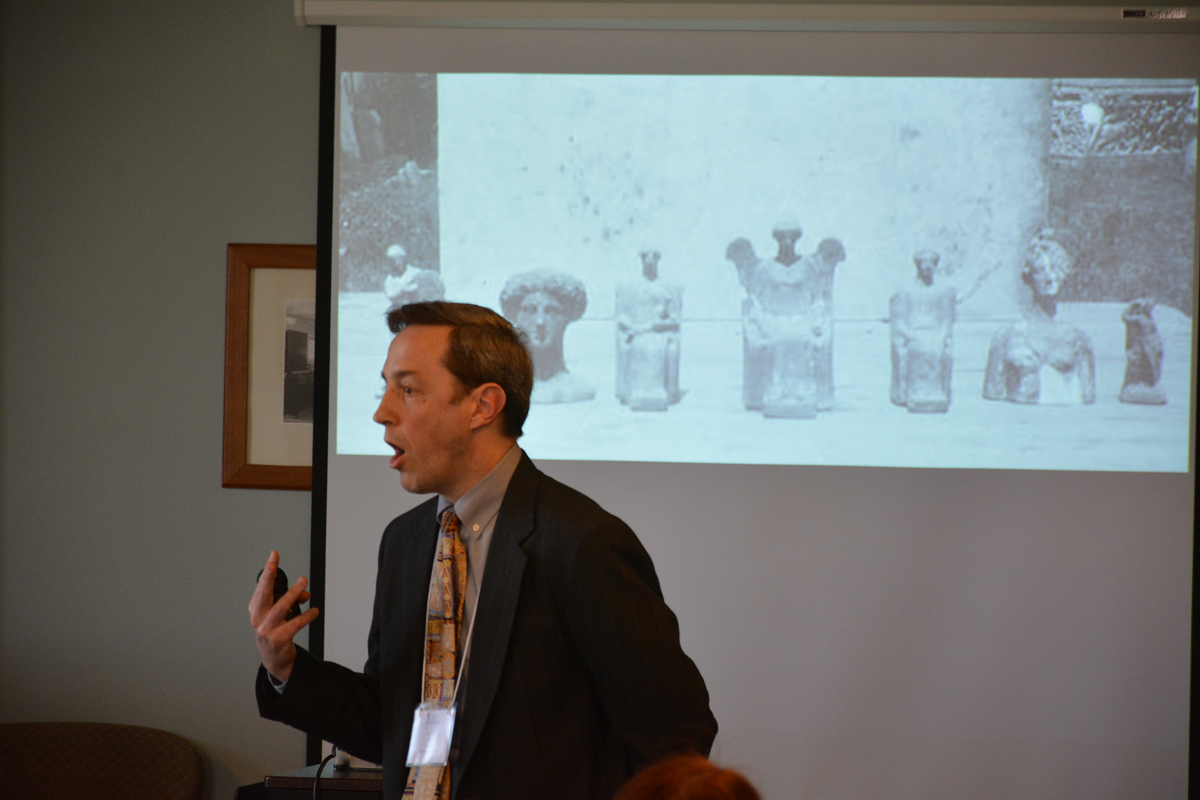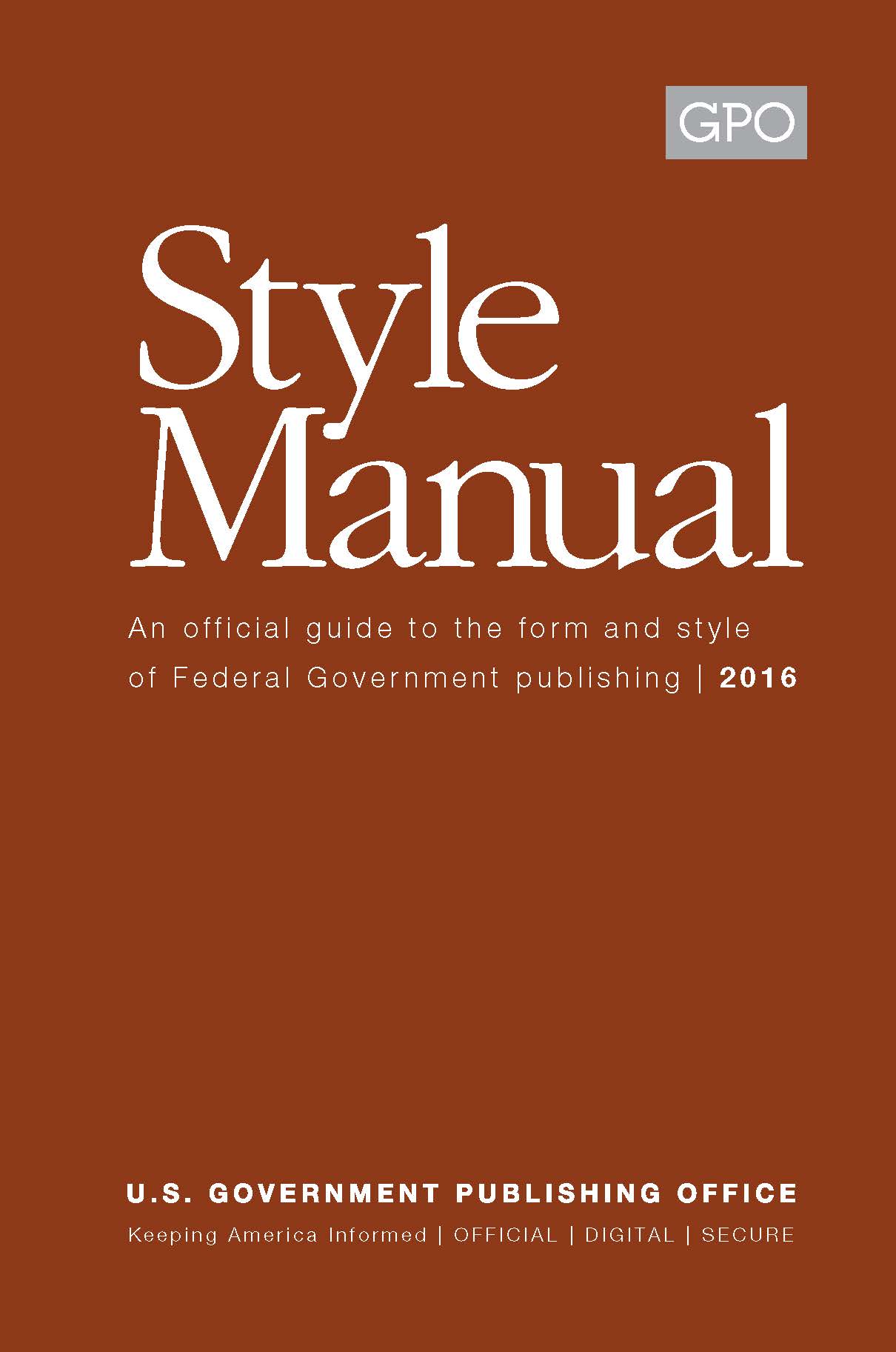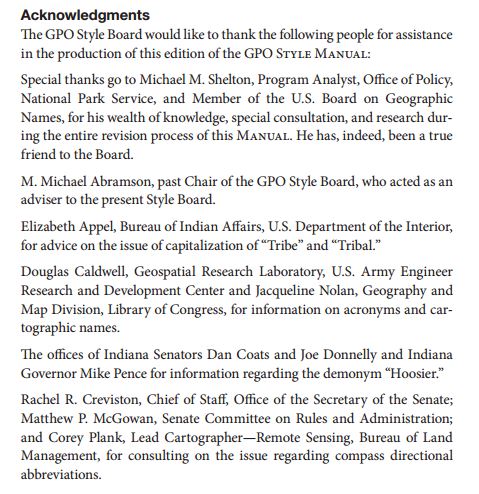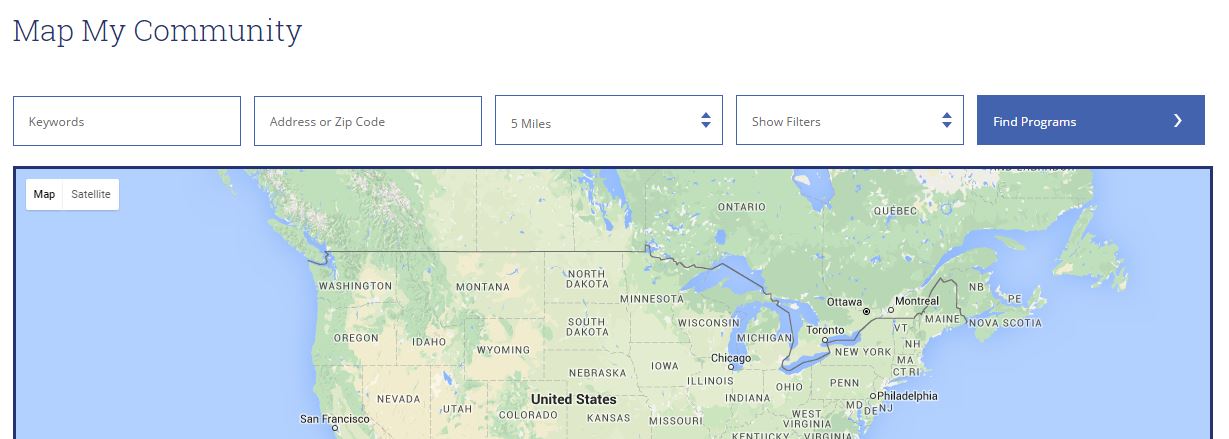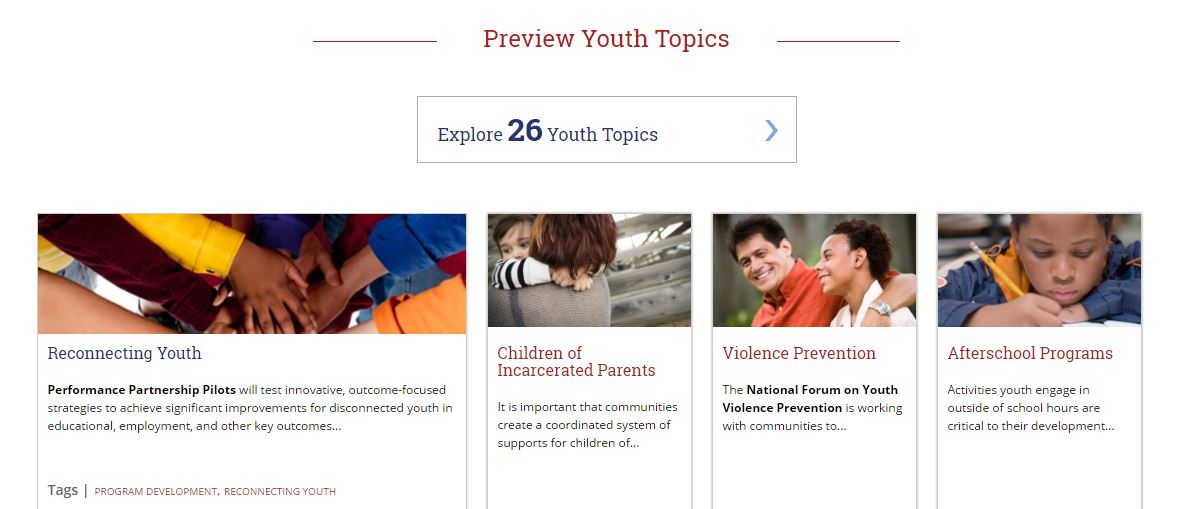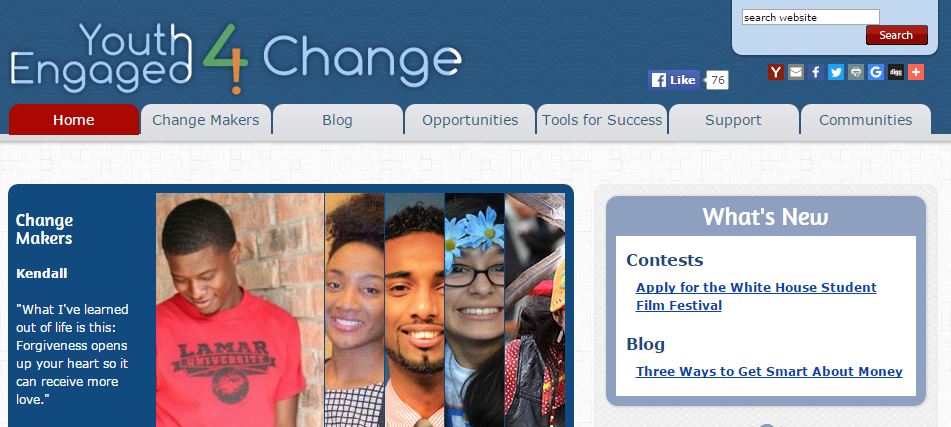The Indiana State Library (ISL) participates in the Federal Depository Library Program (FDLP), serving as the regional depository for the state of Indiana. Being the regional depository means ISL collects all titles published by the Government Publishing Office (GPO). In addition to collecting titles, ISL employs a federal documents librarian to assist both patrons and fellow librarians with government information requests. Government information is considered a niche field within the library community due the lack of courses offered on the topic in most library science programs. Luckily, GPO created the FDLP Academy as a resource to offer additional training and learning opportunities.
GPO has made strides in presenting and hosting free hour-long webinars on various topics relating to government information. Hosted through FDLP Academy, GPO provides numerous webinars and webcasts designed to educate and promote government information. Topics vary from instructional tutorials of FDLP procedures to in-depth talks on government agencies and everything in-between. Webinars are hosted by GPO staff, as well as from the government information community. Visit the FDLP Events Calendar to see upcoming webinars and events.
The goal of the FDLP Academy is to provide educational information relating to government information and to also illustrate the procedures and requirements of depository libraries. The images above and below display the various services offered from GPO. Most webinars offered through the FDLP Academy are an hour in length, and are eligible for one library education unit (LEU). Additionally GPO offers an eight week Coordinator Certificate Program that provides a more in depth discussion with weekly readings and assignments. The program offers the most intensive option of learning FDLP requirements and basic competencies from GPO. All of the services offered are free to access.
Here’s an additional learning opportunity upcoming with Government Information Day 2018 (GID18):
Plug time! On Thursday, May 24, 2018 the Indiana State Library will host the third Government Information Day. The theme for this year’s one-day conference is Advocacy, Research and Collaboration. The event will feature several speakers discussing topics relating to local, state and federal government information. The keynote speaker for GID18 will be GPO’s Laurie Beyer Hall, superintendent of documents. Registration to GID18 will be posted before the end of the month and the conference is free to attend. Librarians can earn up to four LEUs toward their certification. For any questions, please contact Federal Documents Librarian Brent Abercrombie via email or at (317) 232-3733.
This blog post was written by Indiana State Library Federal Documents Coordinator Brent Abercrombie. For more information, contact the Reference and Government Services at (317) 232-3678 or “Ask-A-Librarian.”



